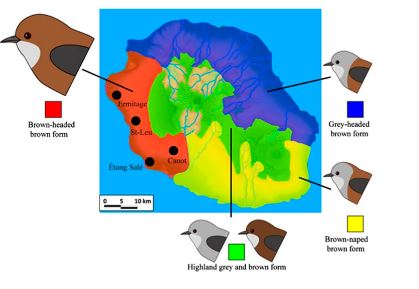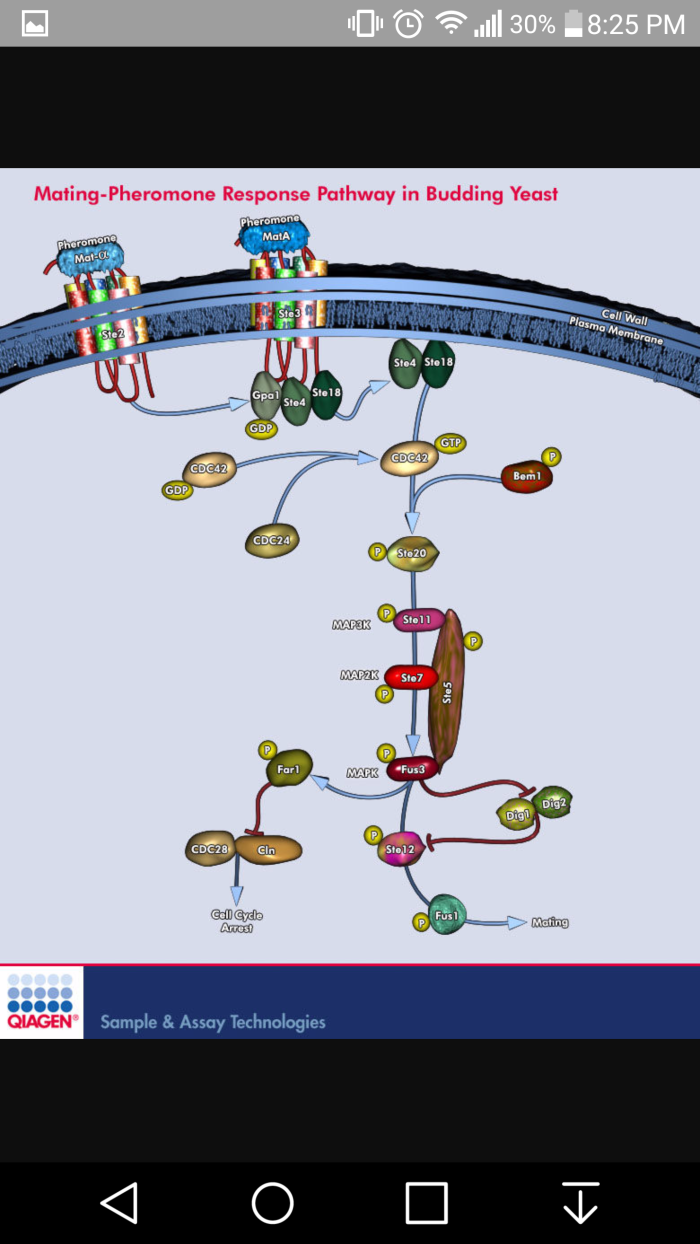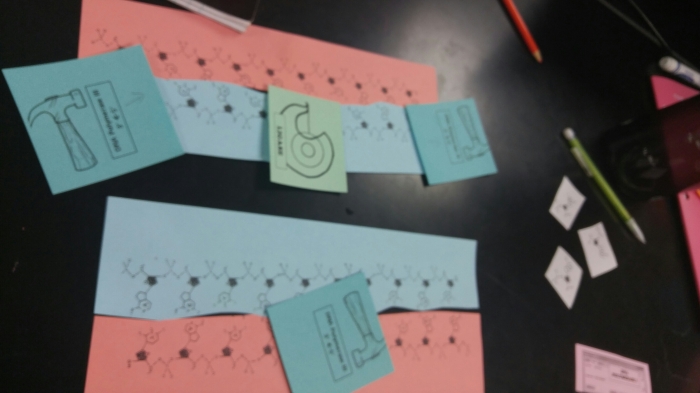Darwin observed the Galapagos finches had a grade series of beak sizes and shapes and predicted these species were modified from one original mainland species. Darwin called the differences offspring with inherited characteristics that allow them to best compete natural selection. Darwin believed that the different beak shapes were adapted over time to equip species with beaks that allow them to acquire different food sources. 
“During 1977, a drought period altered vegetation on the island. After this period, the number of seeds declined dramatically; the decline in small, soft seeds was greater than the decline in large, hard seeds. The large-billed birds were able to survive better than the small-billed birds the following year.”

Source: Boundless. “The Galapagos Finches and Natural Selection.” Boundless Biology. Boundless, 20 May. 2016. Retrieved 24 May. 2016 from https://www.boundless.com/biology/textbooks/boundless-biology-textbook/evolution-and-the-origin-of-species-18/understanding-evolution-124/the-galapagos-finches-and-natural-selection-496-13095/
Male songbirds have developed different colored feather patterns and songs to attract a mate. The birds with the brightest feathers or prettiest songs, for example, may sexually outcompete other males. The male birds are able to find a female partner and pass their genes on to their offspring. Sexual selection is specifically due to female choice and male competition for mates.
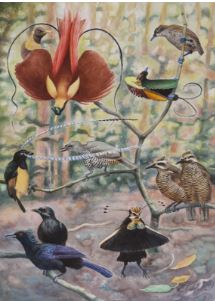
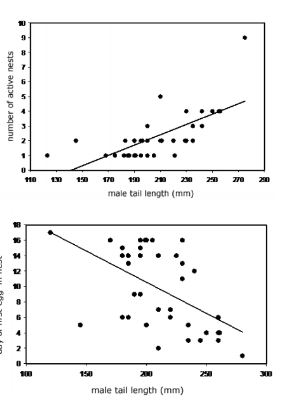
This study shows that that there is a significant correlation between male bird’s tail length and the number of successful offspring. The top scatter plot shows that birds with a longer tail have more active nests. The bottom plot shows that Males with longer tails produce offspring quicker.
http://sciencecases.lib.buffalo.edu/cs/files/widowbirds.pdf
`
A mutation is a change in DNA usually caused when a cell splits. When the cells fail to make an exact copy, that is a mutation. Some mutations are due to environmental factors like UV radiation, or certain chemicals and are called Somatic Mutations. Most Somatic Mutations lead to certain disadvantages or diseases. https://www.youtube.com/watch?v=K4FeRP6LdoA.
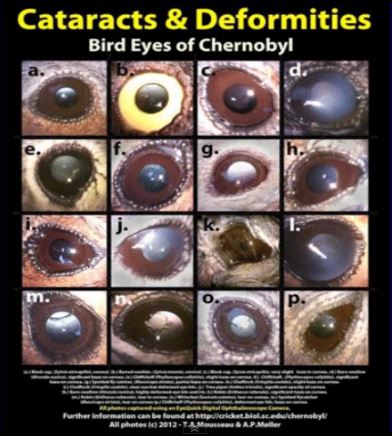
https://www.sciencenews.org/blog/wild-things/some-birds-adapt-chernobyl%E2%80%99s-radiation.
After the nuclear disaster in Chernobyl, scientists have discovered that birds living around the area of the nuclear site have developed smaller brains and eye cataracts. On the positive side, scientists have discovered that birds living in high radiated zones have more antioxidants. It seems as though some species of birds are adapting to the high levels of radiation.
“To our knowledge, this represents the first evidence of adaptation to ionizing radiation in wild populations of animals,” the researchers write.
Genetic drift occurs when random factors impact the frequency of alleles in subsequent generations of a population. Because it is random, smaller populations are more susceptable to the effects of genetic drift.
https://www.youtube.com/watch?v=dik24hBhmcw.

A bird may have an allele for two different beak sizes. Depending on which alleles show up in the offspring, genetic drift could cause one of the beak sizes to disappear from the population thus reducing the genetic variation of the birds gene pool. http://www.softschools.com/examples/science/genetic_drift_examples/123/.

A study on the levels of genetic variation of mainland and island bird populations was conducted. A significant majority of island populations have less genetic variation than the mainland populations. The average reduction of genetic variation was 29%. Genetic factors play a key role in the extinction of a specific type of species in smaller populations.
Gene flow is the movement of alleles from one population to another. If the trait of one population is introduced to a population without that trait, and the trait happens to be an advantage for that species, the frequency of that traits allele is going to rise.
https://www.youtube.com/watch?v=ALS7UO6F1Zs.
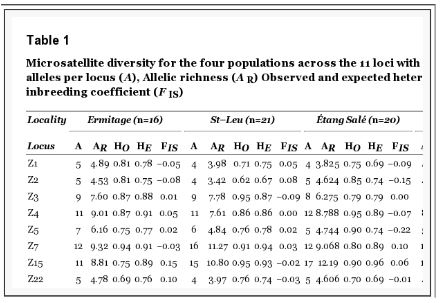
A study one the Zosterops borbonicus suggests that due to behavioral processes, the bird shows very low levels of gene flow. 11 populations of the species was analyzed to detect gene variation. They found that even though the birds didn’t have much geographical separation, the birds populations still had large amounts of genetic variation. They believe this is due to the birds unlikeliness to disperse into other surrounding areas. http://www.ncbi.nlm.nih.gov/pmc/articles/PMC3907105/.
